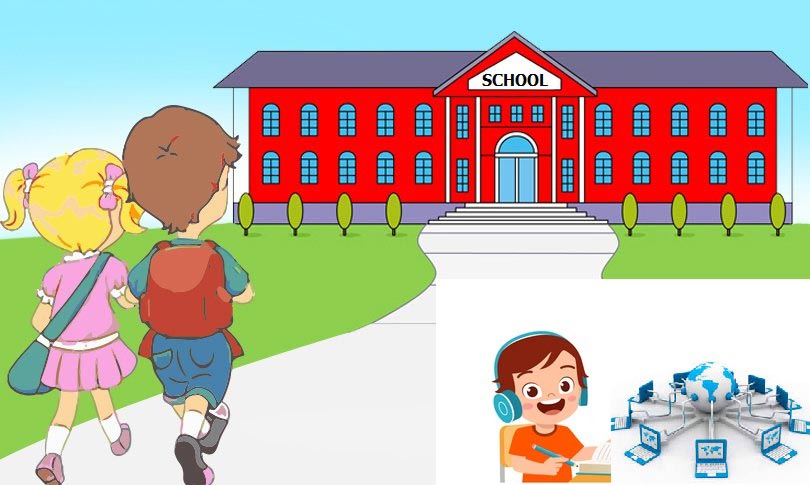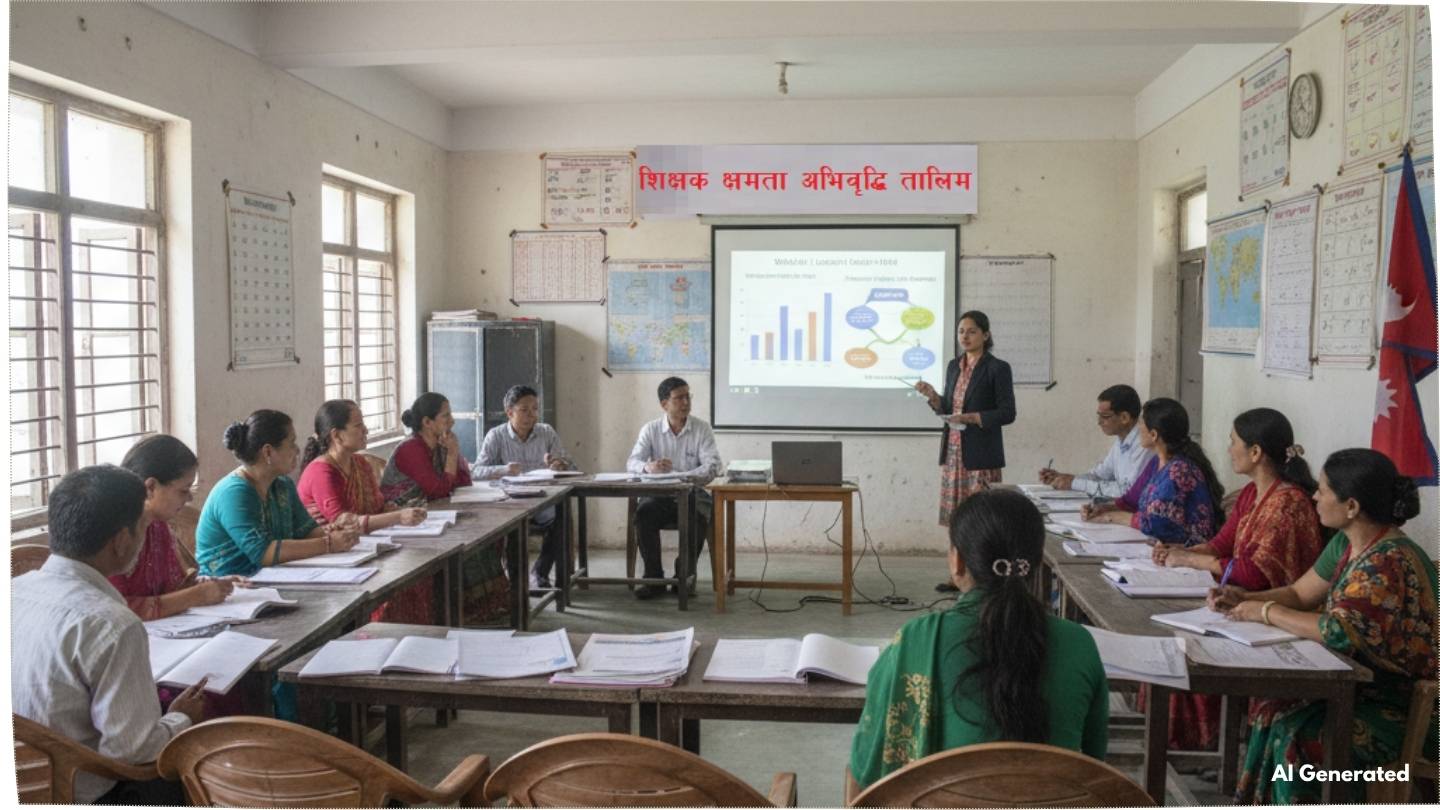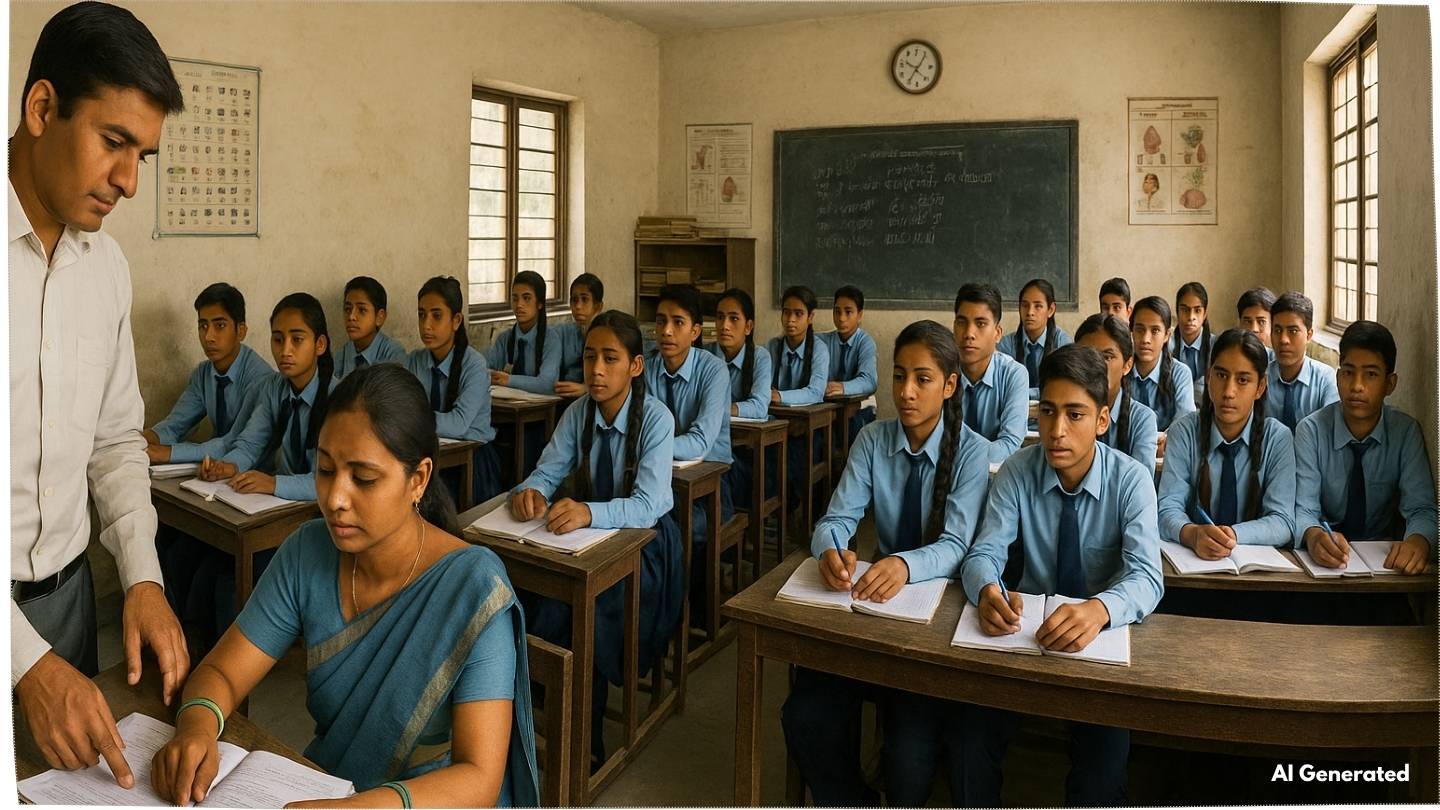
Community School Education Quality and Teacher Competence
To improve community school education and raise quality, teacher capacity must be strengthened. Appointments based solely on university-produced B.Ed. and M.Ed. credentials have not proved reliable. Many certified teachers have not developed classroom teaching skills.
Selection focuses mainly on theory. There is no established practice to measure the candidate’s practical teaching ability. The Teacher Service Commission also selects teachers through written exams that test theoretical knowledge only.
What Makes an Effective Teacher

A good teacher needs strong teaching skills and the ability to assess and measure learning. This is not to place all teachers in one basket. Still, are our education programs failing to produce school-ready teachers? Are schools unable to assign teachers by subject fit? Are students falling behind because teachers do not present the curriculum in ways learners can grasp?
A skilled teacher can shape young learners—soft clay—into fine pottery. Some teachers may not gain such skill, competence, and technique even after training. The consequence can be a child deprived of becoming a good citizen.
Local governments’ education units frequently visit schools. Superficial visits and observation alone do not raise quality.
SEE Results: Progress and Unanswered Questions
Comparing last year’s results with this year, stakeholders praised the 2081 results. Analysis shows notable progress. This year’s SEE pass rate was 61.81 percent, with 38.19 percent of students placed in non-graded status. According to the Office of the Controller of Examinations, the supplementary examination held from Bhadra 1–11, 2081 had a pass rate of 56.78 percent, while 43.22 percent still failed. Many students benefited from this year’s results.
Progress is evident in SEE outcomes. But have teaching, learning, and assessment improved? Have students’ reading, writing, and retention increased? What explains the better results? Education experts have debated and examined this issue.
Teaching, learning, and evaluation continue in the old mold. No refresher training has been provided to enhance teachers’ capacity in line with revised curricula and textbooks. Parents and students themselves remain largely unaware of the reasons behind the SEE progress.
Quality Gains Without Pedagogical Change?
Without improving teaching, learning, and assessment, how did results jump? Has there been a major shift in classroom learning in community schools? Have we transformed instruction to empower students? If not, are weaknesses rooted in our evaluation and examination systems?
Large gains without clear quality programs naturally raise questions among stakeholders.

Quality Means Verified Competence, Not Just Marks
Parents and students want results. But has the competence and skill stated on a certificate truly developed? Only a careful study can identify weaknesses and guide timely, structured interventions. Quality improves when shortcomings are diagnosed and addressed.
Across Nepal—cities to villages—most community schools have buildings, classrooms, furniture, science labs, libraries, playgrounds, day meals, and bus services. Teachers are trained, and sanctioned posts are available. Yet quality has not risen accordingly.
This year’s SEE results suggest improvement. But can a pass rate alone prove better education? In the SEE held last Chaitra, 438,896 candidates appeared. Of these, 271,299 (61.815) passed, while 167,597 students were non-graded. For them, a grade-improvement supplementary exam was conducted from Bhadra 1–11. In that exam, 210,321 students appeared; 111,425 (56.785) passed.
Compared with last year, this year’s results look much better. How did they improve? This requires in-depth study. Did educational quality rise, or did results only appear better? Quality has not broadly improved. Some schools still recorded zero results.
Classroom Practice and Assessment Weaknesses
Regardless of facilities, classroom teaching and exam practices have not changed, and students bear the cost. Parents rarely see the actual classroom process; they see only the marksheet. They may be pleased with the marks, but did the student actually earn them? Sometimes the marks reflect what parents want rather than what students learned.
Students and teachers attend class, teachers read from the book, and students listen. Some students learn little to nothing. This is a widespread problem in community schools.
Many teachers have not cultivated a deep, internal commitment to making students competent and capable. We must develop teachers who understand each learner’s psychology. Teachers also lack opportunities for rigorous psychological training.
Differentiation, Assessment, and Question Paper Design
Not all students in a class share the same capacity, yet teaching often assumes uniformity. Teachers should identify the diverse social, economic, and cultural backgrounds of learners and teach accordingly. If teachers understand each student’s condition and capacity, all can learn and quality can improve.
First, teachers must be competent. Competence means more than teaching; it includes designing quality question papers and conducting accurate assessments.
There is also a shortage of teachers who can construct quality question papers based on the table of specifications aligned to curricular objectives. Question papers should cover knowledge, skills, and attitudes; specify which units will be assessed; and indicate weights and time allocations. These elements are central to quality education.
What to Fix First: Teacher Capacity
Rather than only adding facilities, we must make working teachers skillful in instruction and assessment. If teachers become competent in teaching and evaluation, other elements will improve.
If one teacher assesses a student in a given grade and subject, any other teacher elsewhere should reach the same judgment at another time. Assessment results should not vary by place or person. Yet teachers may pass all students in Grade 9, and many of those same students fail in Grade 10. How does such evaluation occur? Why do such errors happen?
The Ministry of Education, Science and Technology should undertake rigorous research to detect these errors. Only by correcting identified flaws can educational quality rise.
FAQs
1) Why is theory-focused teacher selection a problem?
It overlooks practical classroom skills and fails to measure real teaching ability.
2) What training do teachers need most?
Refresher and psychological training aligned to revised curricula, with strong assessment and question-design skills.
3) Do better SEE results prove improved learning?
Not necessarily. Without changes in teaching and assessment, higher pass rates may not reflect real gains.
4) What should be prioritized for quality?
Strengthening teachers’ instructional and evaluation competence before adding more facilities.
5) How can assessment become reliable?
Use clear specifications, weightings, and standards so different teachers reach consistent judgments.


